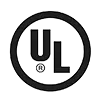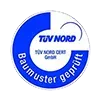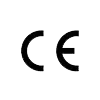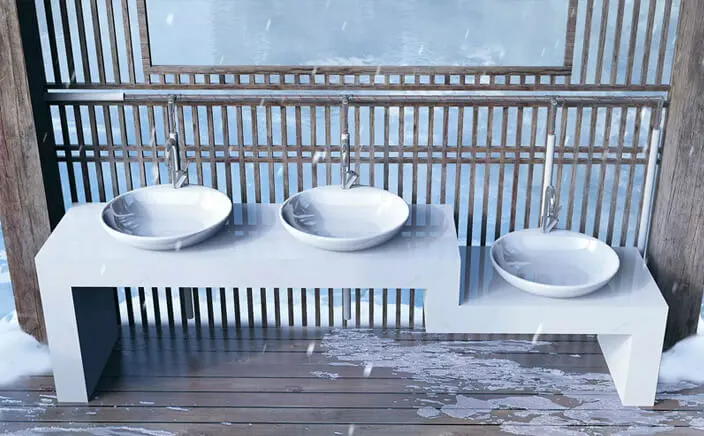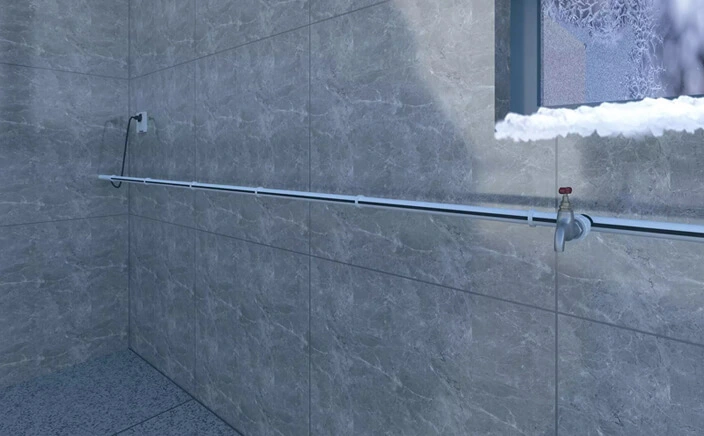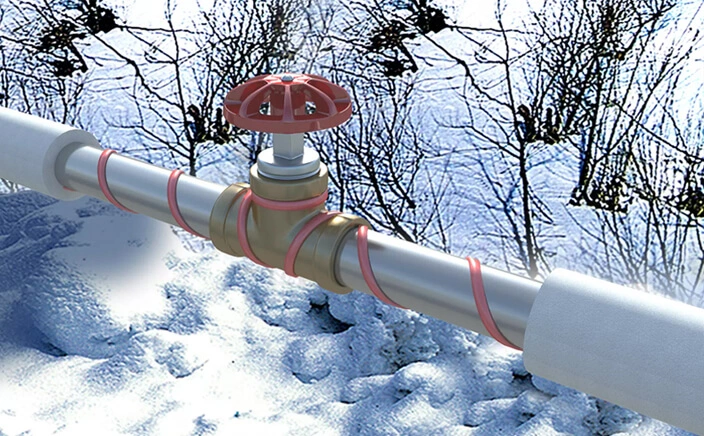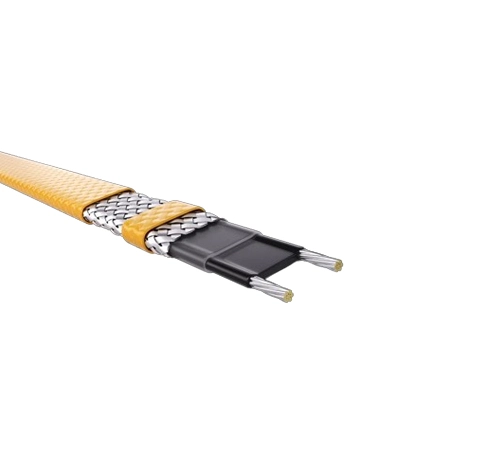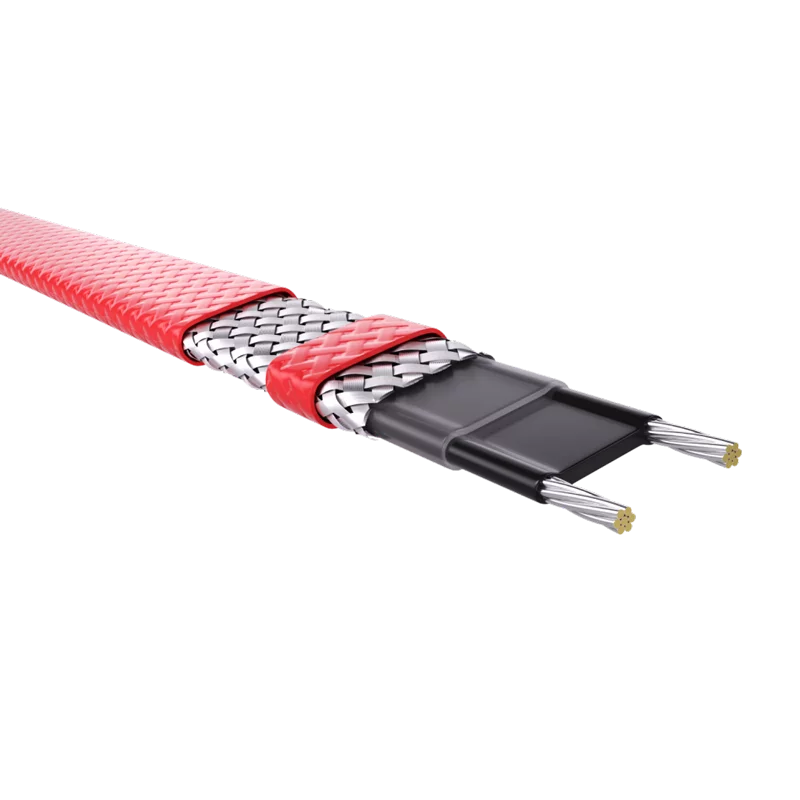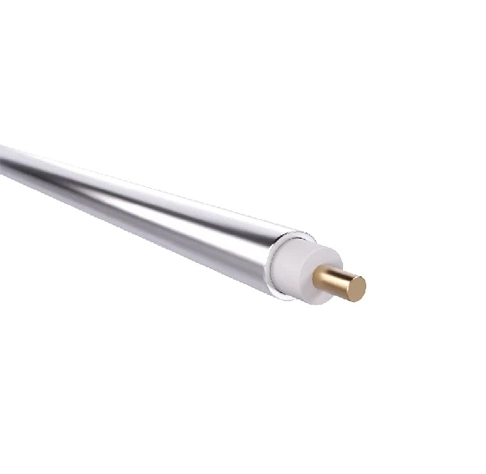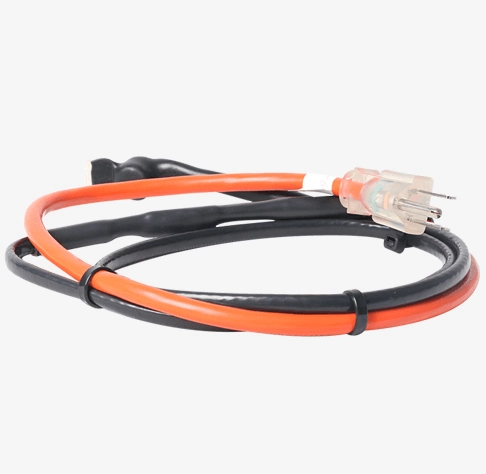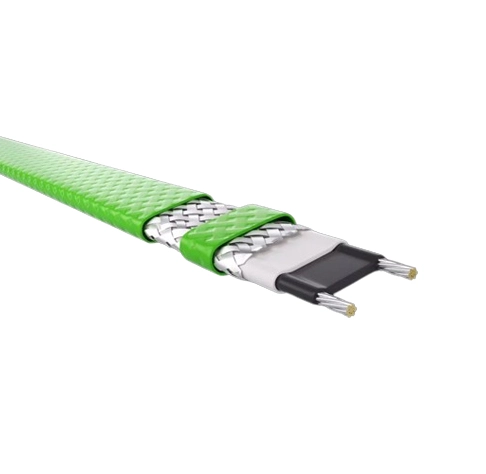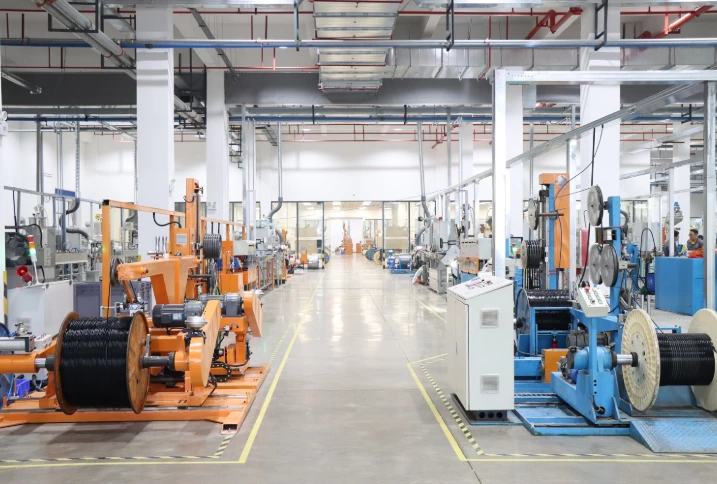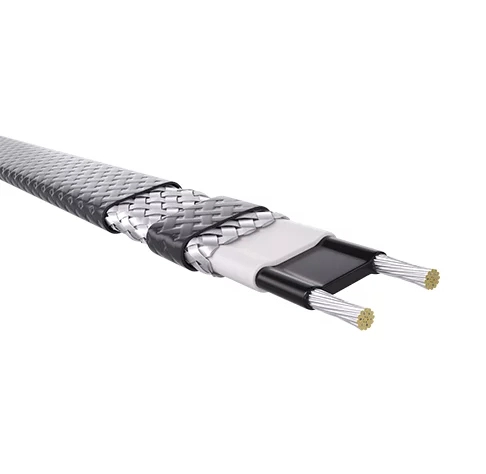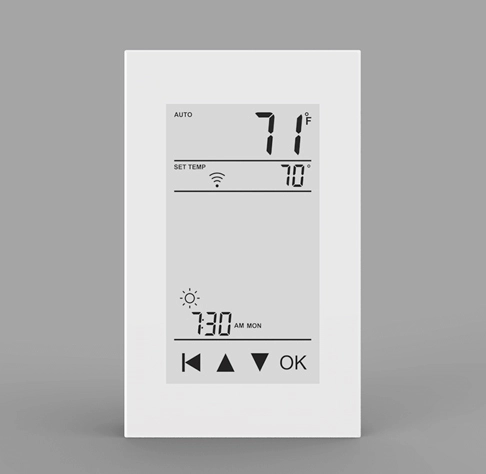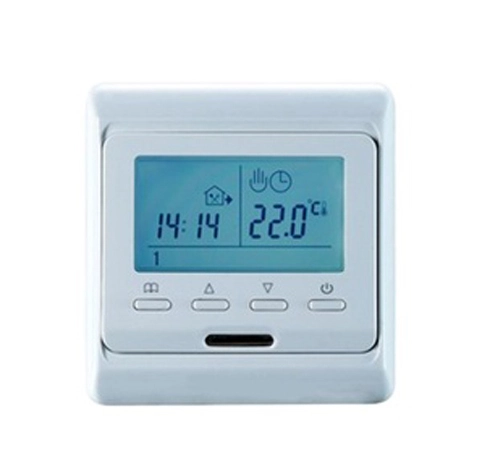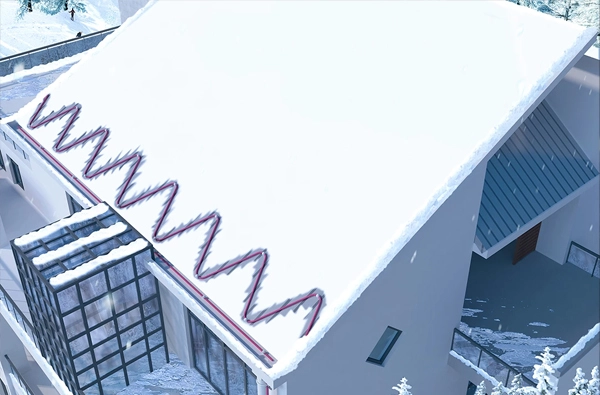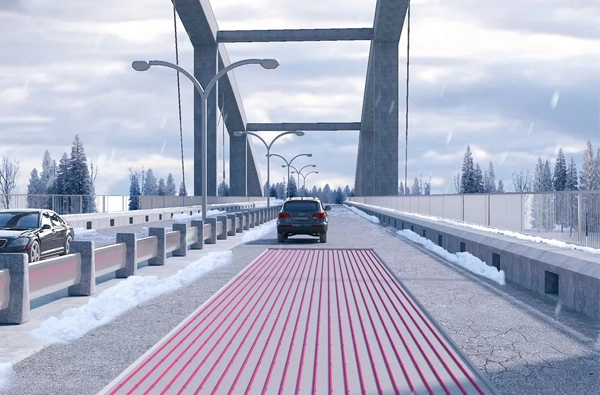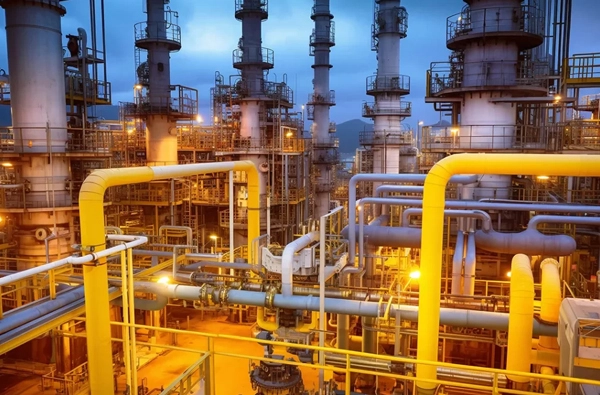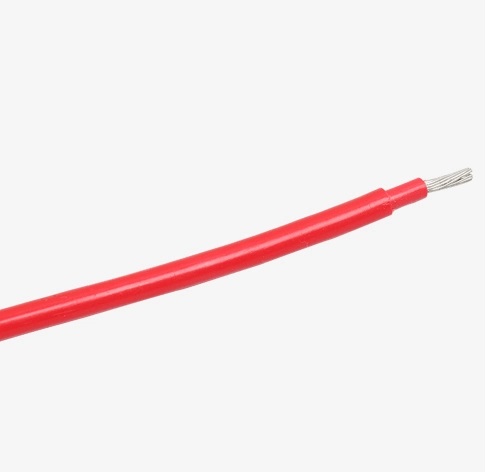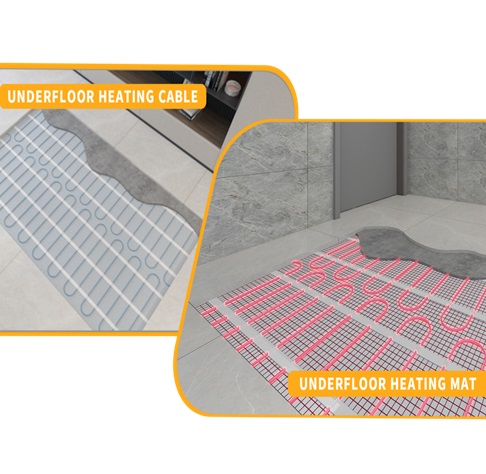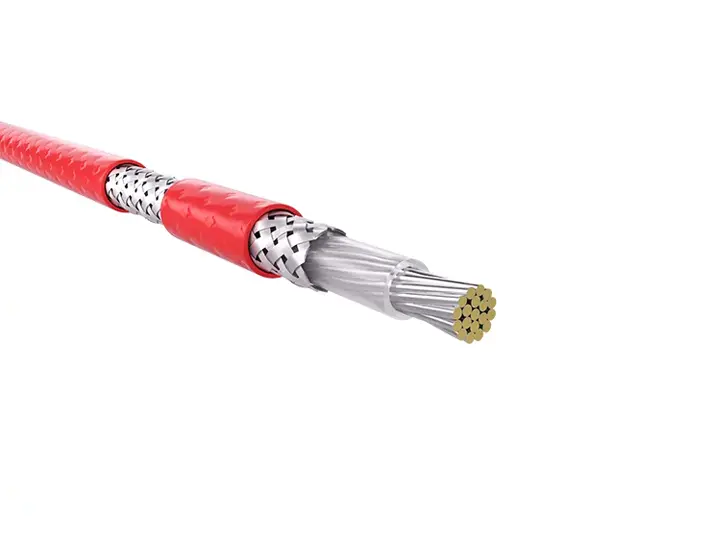Understanding Our Pipe Freeze Protection Solution
It’s inevitable for exposed water pipes and fire pipes to freeze or burst in extreme temperatures. When this happens, inconvenience follows. Installing a heating cable is a quick and efficient way to eliminate this problem.
Heating your pipes, valves, or water tanks will not only keep the internal liquid from freezing in the cold but will also minimize damage caused by thermal expansion and contraction of pipes.
Wrapping heating cables around pipes or tanks will prevent freezing and keep the water flowing freely.
Specialized heating cables can also be inserted into the pipes. This technique is done with older structures wherein the pipes are buried or hidden within walls or floorings.
Jiahong has been utilizing such a technique for more than 25 years now, working directly with engineering contractors in the United States and Europe.
For short pipes or hoses, the best option would be self-regulating heating cables, since they are easier to install. They also adjust their power output automatically to offset temperature changes.
Longer pipes and hoses, on the other hand, require constant wattage heating cables, as they are more economical in the long run. However, these types of cables require a thermostat.


